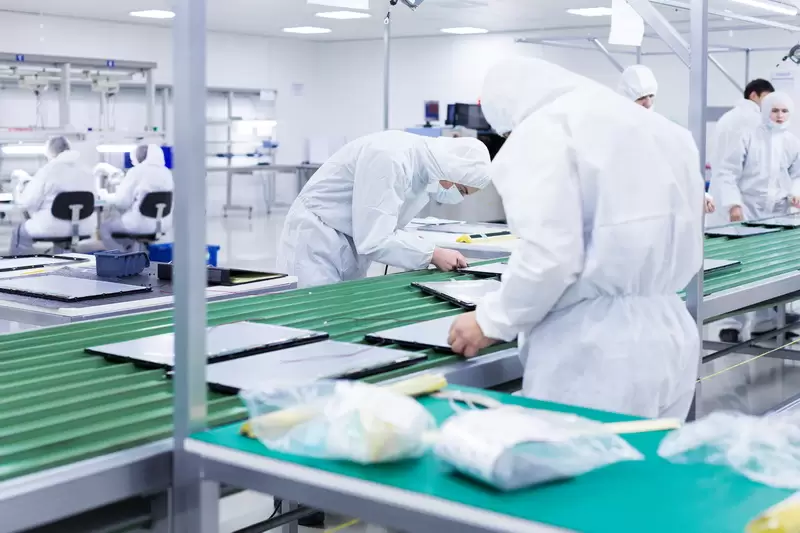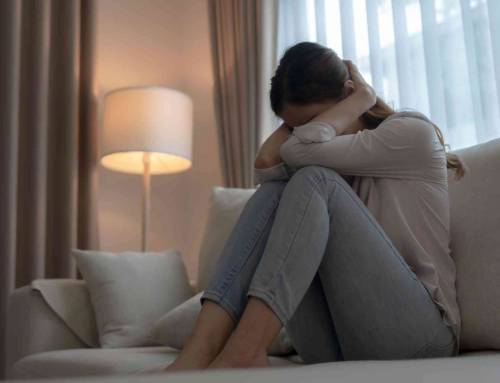Rubber slippers making process and importance of quality control
The process of making rubber slippers, also known as flip-flops, typically involves several steps and includes the following stages:
1. Design and pattern creation:
This is the initial stage where the design and pattern of the slipper is created. The design team creates a pattern for the slipper based on the latest fashion trends, customer preferences, and the intended use of the slipper.
Design and pattern creation in flip-flops refers to the initial stage of the manufacturing process where the design and pattern of the shoe is created. The design team, which typically includes fashion designers, product developers, and engineers, creates a pattern for the flip-flop based on the latest fashion trends, customer preferences, and the intended use of the shoe.
The design process typically starts with researching the latest fashion trends and customer preferences, which helps the team to understand what styles and features are popular and in demand. This information is used to create a design concept for the flip-flop, which includes the overall look and feel of the shoe, the materials to be used, and the features and functions that will be included.
Once the design concept is finalized, the team creates a detailed pattern for the flip-flop. The pattern includes all of the necessary measurements, cuts, and specifications for the different parts of the shoe, such as the sole, straps, and footbed. The pattern is used as a guide for cutting and assembling the different parts of the shoe during the manufacturing process.
The design and pattern creation process is an important step in the manufacturing process as it sets the foundation for the final product. It ensures that the flip-flops meet the latest fashion trends, customer preferences, and the intended use of the shoe. The design and pattern also ensure that the final product is functional, comfortable, and of high quality.
2. Material preparation:
The materials needed for making slippers such as rubber, fabric or straps, foam, and other materials are prepared and cut to the required size and shape.
Material preparation for slipper making is the process of obtaining and preparing the materials that are needed to create the slippers. These materials may include rubber, fabric, straps, foam, and other materials that are used to make the slipper.
In the case of rubber slippers, the rubber is obtained from the manufacturer and then cut into the required size and shape based on the pattern created during the design and pattern creation stage. The rubber is then cleaned and inspected for any defects before it is used to make the slipper.
For the upper part of the slipper, such as straps and fabric, are also obtained from the supplier and cut to the appropriate size and shape. The fabric or straps are then inspected for defects and quality, and any materials that do not meet the standards are removed from the production line.
Foam and other materials that are used for footbed, padding, or embellishments are also prepared in a similar manner. They are cut to the appropriate size, shape and quality checked.
Material preparation is an important step in the slipper making process as it ensures that the materials used to make the slipper are of high quality and free from defects. This helps to ensure that the final product is of high quality, comfortable and safe to use.
3. Vulcanization:
The slippers are then heated and pressurized in a process called vulcanization, which helps to bind the rubber molecules and make the slipper more durable and resistant to wear.
Vulcanization is a process used in the manufacturing of rubber products, including rubber slippers, to improve the material’s strength, elasticity, and durability. The process involves heating the rubber slipper at a high temperature and pressure, typically between 150-200 degrees Celsius and 15-20 psi for a certain period, with the addition of a vulcanizing agent such as sulfur.
During the vulcanization process, the rubber molecules are cross-linked, creating a stronger and more durable material. The process also improves the elasticity of the rubber, making it more resistant to wear and tear. Vulcanization also improves the resistance of the rubber to heat, chemicals, and other environmental factors.
The vulcanization process is an important step in the manufacturing of rubber slippers as it improves the properties of the rubber and makes the final product more durable and resistant to wear. The vulcanization process can be done either in batch or continuous process depending on the manufacturing facility. The batch process is more common in small scale operations, while continuous process is often used for large scale productions.
After the vulcanization process, the slipper is inspected for any defects or issues that may have occurred during the process, and any slipper that does not meet the standards is removed from the production line.
It’s worth noting that vulcanization is not the only way to improve rubber properties. There are other methods like radiation vulcanization, which uses electron beams or gamma rays to crosslink the rubber molecules. This method is known for being more eco-friendly than the traditional vulcanization method.
4. Assembly:
The different parts of the slipper are assembled, such as attaching the straps to the sole, adding padding or footbeds, and so on.
The assembly process for rubber flip-flops is the process of attaching the different parts of the shoe together to create the final product. The assembly process typically involves several steps, which may include:
- Attaching the straps: The straps are attached to the sole of the flip-flop. This may be done by gluing, stitching, or using other methods to secure the straps to the sole.
- Adding padding or footbeds: Padding or footbeds, such as foam or cork, are added to the sole of the flip-flop to provide additional comfort and support for the foot.
- Decorations or embellishments: Additional decorations or embellishments, such as embroidery, studs or other details are added to the flip-flops.
- Final inspection: The flip-flops are inspected for defects, such as loose straps, uneven stitching, and so on. Any flip-flops that do not meet the standards are removed from the production line.
The assembly process is an important step in the slipper making process as it ensures that the different parts of the shoe are attached properly and securely. The use of high-quality materials and proper assembly techniques helps to ensure that the final product is durable and comfortable to wear.
The assembly process is typically done by hand, but in some cases, it can be done by machine depending on the manufacturing facility and the type of flip-flops being produced. Quality control is also an important step during assembly to ensure that the final product is free from defects and meets the required standards.
5. Quality Control:
This is an important step in the process where the slippers are inspected and tested to ensure that they meet the required standards for quality and safety. The quality control team checks for defects, such as uneven stitching, loose straps, and so on, and any slippers that do not meet the standards are removed from the production line.
Quality control is an important step in the manufacturing of flip-flops to ensure that the final product meets the required standards of quality, safety, and customer satisfaction. Quality control is the process of inspecting and testing the flip-flops at various stages of the manufacturing process to ensure that they meet the established specifications and standards.
During the quality control process, the flip-flops are inspected for defects such as uneven stitching, loose straps, and other issues that could affect the quality and safety of the final product. The flip-flops are also tested for compliance with safety and performance standards, such as slip resistance, abrasion resistance, and so on.
The quality control process typically includes several stages:
- Incoming inspection: The raw materials and components used to make the flip-flops are inspected for defects, quality, and compliance with standards before they are used in the manufacturing process.
- In-process inspection: The flip-flops are inspected at various stages of the manufacturing process, such as after the straps have been attached, after the padding has been added, and after the final assembly has been completed.
- Final inspection: The flip-flops are inspected one final time before they are packaged and shipped to the customer.
The quality control process is typically performed by a dedicated quality control team, which may include quality control inspectors, engineers, and other specialists. The team uses specialized equipment and techniques to inspect and test the flip-flops, such as measuring tools, microscopes, and so on.
Quality control is critical in the manufacturing of flip-flops as it ensures that the final product meets the required standards of quality, safety, and customer satisfaction. It also helps to prevent defects and defects in the final product, which can lead to customer complaints, returns, and even product recalls.
The importance of quality control in the manufacturing process is to ensure that the final product meets the required standards of quality, safety, and customer satisfaction. Quality control helps to prevent defects and defects in the final product, which can lead to customer complaints, returns, and even product recalls. Quality control also helps to ensure that the slippers are safe to use and do not pose any health risks to the consumer.
Overall, quality control is an essential step in the manufacturing process and helps to ensure that the final product is of high quality and meets the needs of the customer.








